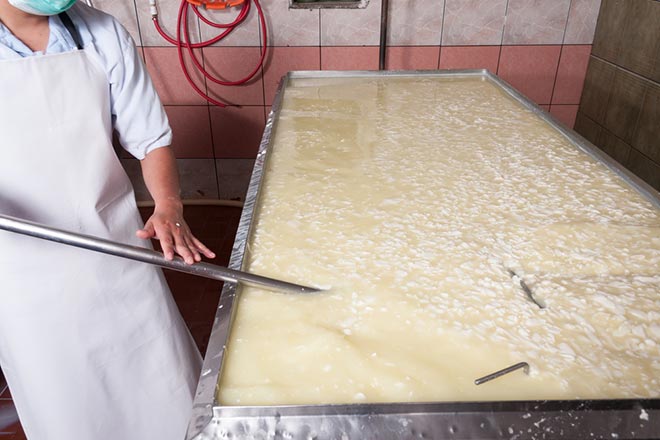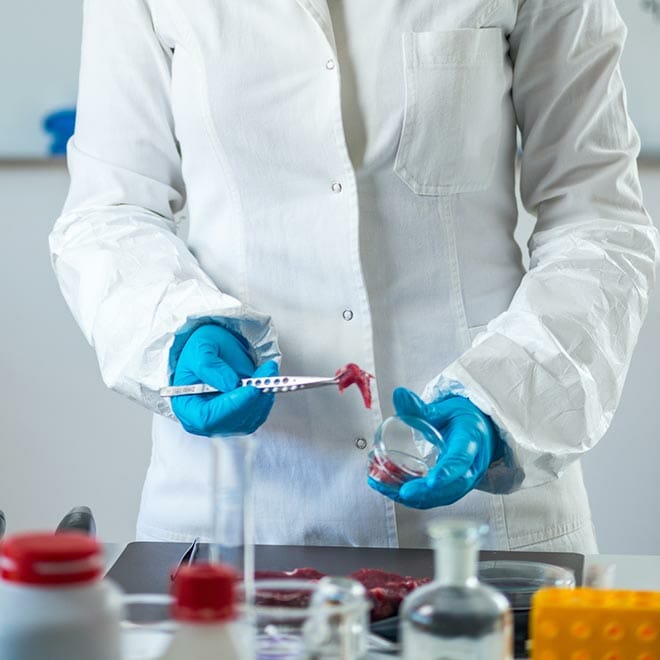What are the 3-A Sanitary Standards and Best Practices?
To begin with a little history: 3-A Standards are hardly new. They first arose in 1920 as a way to ensure the hygienic safety of milk pipe fittings. The “3” refers to the three groups who initiated the standard setting: dairy processors, equipment makers and sanitarians. Today, the organization is known as 3-A Sanitary Standards Inc., or 3-A SSI, for short. The group’s focus is food safety, focusing solely on equipment that touches food. Since 1920, the number of 3-A Sanitary Standards has grown to 70, and they apply to equipment in these categories:
- Valves and fittings
- Conveyors and feeders
- Concentrating equipment
- Pumps and mixers
- Vessels
- Instruments
- Farm/raw milk
- Heat exchangers
- Cheese and butter equipment
- Fillers
To complement these standards, 3-A SSI has established 3-A Accepted Practices covering how processing systems are designed and installed. They involve plant support and process and cleaning systems.
What do 3-A Standards accomplish?
In setting up standards and practices, 3-A SSI aims to achieve a two-part goal: “protect food from contamination” and “ensure that all product contact surfaces can be mechanically cleaned, and be dismantled easily for manual cleaning or inspection.”
The organization has no regulatory authority. Equipment manufacturers and food processors apply the general requirements voluntarily. However, regulatory agencies at the local, state and federal level use them for reference, and some states have adopted them into their regulatory codes.
In short, abiding by 3-A Sanitary Standards and Accepted Practices is a good way to assure a satisfactory outcome when the inspectors come to call. It keeps equipment manufacturers and food processors up to date with the regulations and helps avoid costly problems.
What are the benefits of 3-A Sanitary Standards and Practices?
Obviously, 3-A Sanitary Standards and Practices benefit consumers. They can rest assured that the foods and beverages they purchase are safe. There is no more important criterion for success. But the industry is better off as well.
Processors benefit from:
- Assurance of compliance with equipment sanitary codes
- Equipment that can be cleaned and sanitized using the most up-to-date methods
- Lower labor costs for cleaning
- More positive inspection results
Equipment manufacturers enjoy:
- Having their equipment accepted by all processors and sanitarians
- Savings resulting from standardized instead of custom-designed and –fabricated equipment
Regulatory sanitarians’ lives are made easier with:
- More efficient and consistent inspections because of uniform principles of design and construction
- Greater confidence in their procedures based on the own contributions to the setting of standards and practices
How can equipment manufacturers and food processors become 3-A-compliant?
There is a learning curve for understanding and applying 3-A Sanitary Standards and 3-A Sanitary Practices. No company should attempt to attain compliance without expert help from someone with lots of experience. This caution applies to everyone involved, not just manufacturers and processors but also sanitarians.
Once compliance has been achieved, however, it’s possible to demonstrate the accomplishment with a 3-A Sanitary Symbol. This registered mark tells the world that equipment meets 3-A Sanitary Standards. Although voluntary, use of the symbol must be authorized by 3-A SSI.
Having the 3-A Symbol is a significant achievement. It does mean something because it has been independently verified that the holder of the symbol has met 3-A standards. It also serves another important function: demonstrating to food processors that equipment meets respected standards.

Ensuring Safety with Good Sanitary Practices: Everyone Wins
There are no losers when equipment manufacturers, food processors and sanitarians all work for compliance with the highest sanitary standards and best practices. 3-A SSI makes process easier with:
- Voluntary compliance backed up by support from regulatory agencies so standards are consistent and clearly stated
- Significant benefits for equipment manufacturers, food processors and sanitarians
- More efficient and cost-saving equipment manufacturing, food processing and sanitary code enforcement
For more than 107 years, Newark Wire has specialized in fabricating standard and custom wire mesh products and industrial strainers, many of which play a significant role in the food processing industry. Contact the company for more information about 3-A dairy sanitary standards and the 3-A certified equipment we offer!
